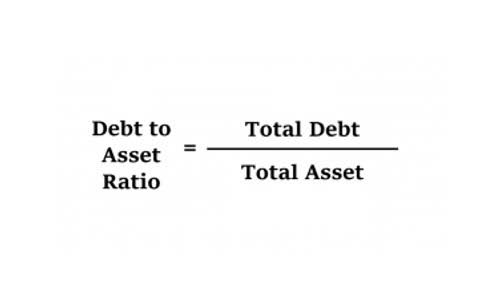
Accounting goodwill is sometimes defined as an intangible asset that is created when a company purchases another company for a price higher than the fair market value of the target company’s net assets. But referring to the intangible asset as being “created” is misleading – an accounting journal entry is created, but the intangible asset already exists. The entry of “goodwill” in a company’s financial statements – it appears in the listing of assets on a company’s balance sheet – is not really the creation of an asset but merely the recognition of its existence. Goodwill is a long-term (or noncurrent) asset categorized as an intangible asset. The amount of goodwill is the cost to purchase the business minus the fair market value of the tangible assets, the intangible assets that can be identified, and the liabilities obtained in the purchase.
Because a 25% return on assets is exceptionally high, the inference is that part of the company’s profitability was due to the existence of substantial goodwill assets. Consider the case of a hypothetical investor who purchases a small consumer goods company that is very popular in their local town. Although the company only had net assets of $1 million, the investor agreed to pay $1.2 million for the company, resulting in $200,000 of goodwill being reflected in the balance sheet. In explaining this decision, the investor could point to the strong brand and consumer following of the company as a key justification for the goodwill that they paid. If, however, the value of that brand were to decline, then they may need to write off some or all of that goodwill in the future. The value of a company’s name, brand reputation, loyal customer base, solid customer service, good employee relations, and proprietary technology represent aspects of goodwill.
More from Merriam-Webster on goodwill
The scale is a weighted scale, similar to the weighted scale for the importance utility. The existence utility weights are continuous define goodwill with unit weights beginning at zero. This scale allows the valuator to score an attribute with a zero if its presence is weak or absent.
- The task of maintaining goodwill and mutual understanding between a company, its customers and the rest of the general public is usually undertaken by the Public Relations or Marketing department.
- According to ipsosmori.com, most leading board directors in Britain’s top 100 corporations say that their company has at least a ‘fair amount’ of goodwill among their most important stakeholders – customers and employees.
- Sometime before 1988, the firm commenced
negotiations with Dawson to persuade him to withdraw as a partner. - Impairment of an asset occurs when the market value of the asset drops below historical cost.
- In order to determine whether it is attributable to that of an enterprise or a particular person, an investigation into its source is required.
- For an actual example, consider the T-Mobile and Sprint merger announced in early 2018.
- White & Case never included the unfunded pension plan as
a liability in the firm’s financial statements.
There are two utilities assessed in this step – the “importance utility” and the “existence utility.” The importance utility is a relative measurement of each attribute’s importance to the valuator. Each attribute has some measure of importance, since it has been selected as an attribute, therefore, the attribute must have a weight greater than zero. Google’s brand, synonymous with internet search and innovation, is a key factor in the company’s goodwill. With all of the above figures calculated, the last step is to take the Excess Purchase Price and deduct the Fair Value Adjustments. The resulting figure is the Goodwill that will go on the acquirer’s balance sheet when the deal closes. For example, the drinks company Coca-Cola – which has been around since 1886, makes a popular product based on a secret formula, and is generally perceived positively by the general public – has a lot of goodwill.
Meaning of goodwill in English
Plaintiff Evan R. Dawson was a partner at the Manhattan law firm of
White & Case for nearly 20 years. Sometime before 1988, the firm commenced
negotiations with Dawson to persuade him to withdraw as a partner. When
the talks reached an impasse, White & Case voted to dissolve the partnership
and re-form without Dawson, effective July 1, 1988. Personal goodwill is the value of earnings or cash flow directly attributable to the individual’s characteristics or attributes. Investors can analyze a company’s financial statements, focusing on the Goodwill amount and its potential impact on the overall business valuation.
